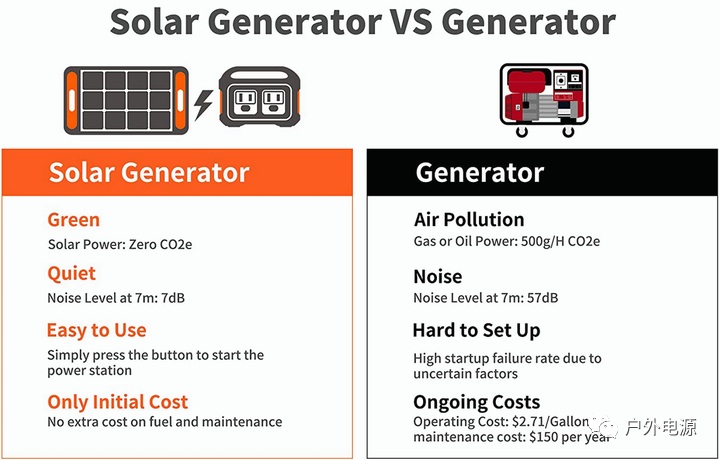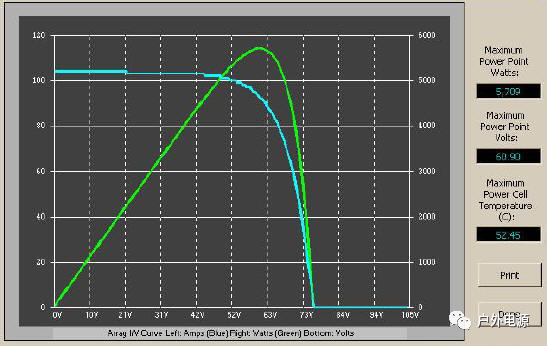With the continuous advancement of technology, the concept of outdoor power sources is becoming increasingly popular. So, what exactly is an outdoor power source?
1. What is an Outdoor Power Source?
An outdoor power source is a lithium battery storage device designed to meet outdoor power needs. It is characterized by its large capacity, compact size, and versatile interfaces. With both direct current output (DC 5-20V) and alternating current output (AC 220V) capabilities, it can simultaneously support the charging of multiple devices.
In addition to the common term "outdoor power source," other key terms include portable power station, mobile power source, outdoor mobile power source, and solar generator used in conjunction with solar panels.
2. Operating Principle
An outdoor power source consists of three key systems: a lithium-ion battery pack with a Battery Management System (BMS), a DC-DC conversion system, and an inverter system. The lithium-ion battery pack stores electrical energy, the DC-DC conversion module provides various DC interfaces (USB-A, TYPE-C, car charging port), and the inverter system converts the electrical energy into 220V alternating current output. The entire charging and discharging process is controlled by the BMS battery management system and the inverter system's software and hardware to ensure the safe operation of the product.
3. Differences from Power Banks and Car Inverters
Although in terms of functional output, an outdoor power source may be simplistically understood as a combination of a power bank and a car inverter, there are inherent differences in usage and technical complexity.
Power Bank: Small capacity, low output power, relatively simple charging and discharging management.
Outdoor Power Source: Large capacity, multiple battery cells, requires communication with the inverter system for charging and discharging management. It must use a battery management system (BMS) with software (algorithm).
Car Inverter: Needs to draw power from a vehicle or use a separate battery set. Limited output power, and attention is required when connecting to a car battery to avoid feedback issues.
Therefore, whether considering safety, portability, battery life, or the range of applicable electronic devices, the outdoor power source presents a more comprehensive solution.
In summary, the three key distinctions of outdoor power sources include support for AC output, the presence of software protection functions, and support for off-grid use. Off-grid use implies independence from constant connection to external power sources, and it allows complete reliance on solar charging. Thus, outdoor power sources often incorporate MPPT algorithms to optimize the charging efficiency of solar panels by continually tracking the highest operating voltage and current values under current sunlight conditions.
GreenPower is always here for you and your new energy business:
Whatsapp: +86 18221155255
+86 17311228539
Email: Steven.Chen@fgreenpv.com
Info@fgreenpv.com
Post time: Jan-09-2024













